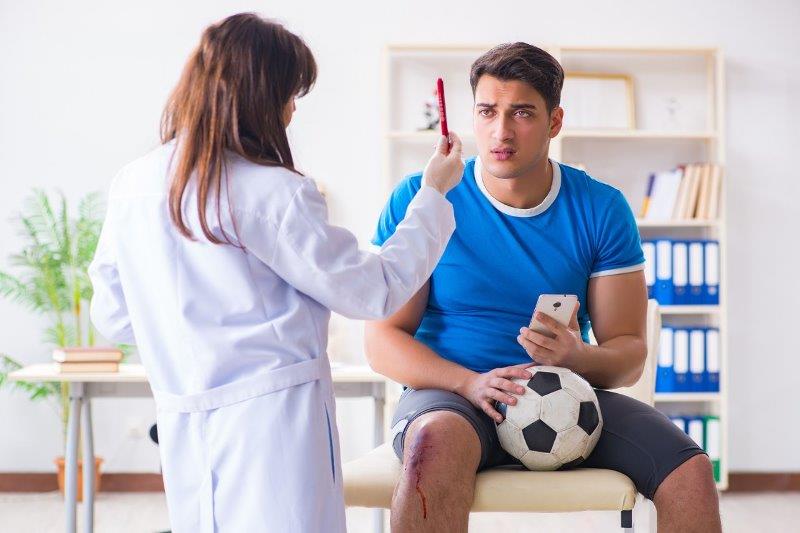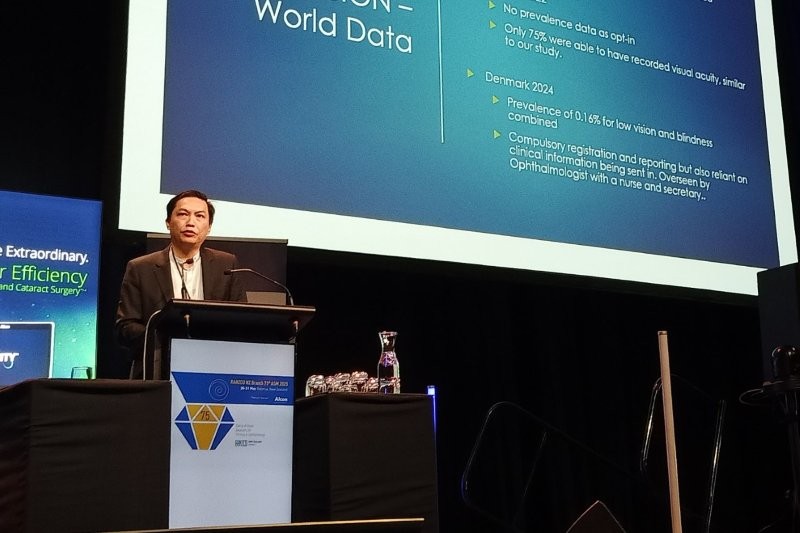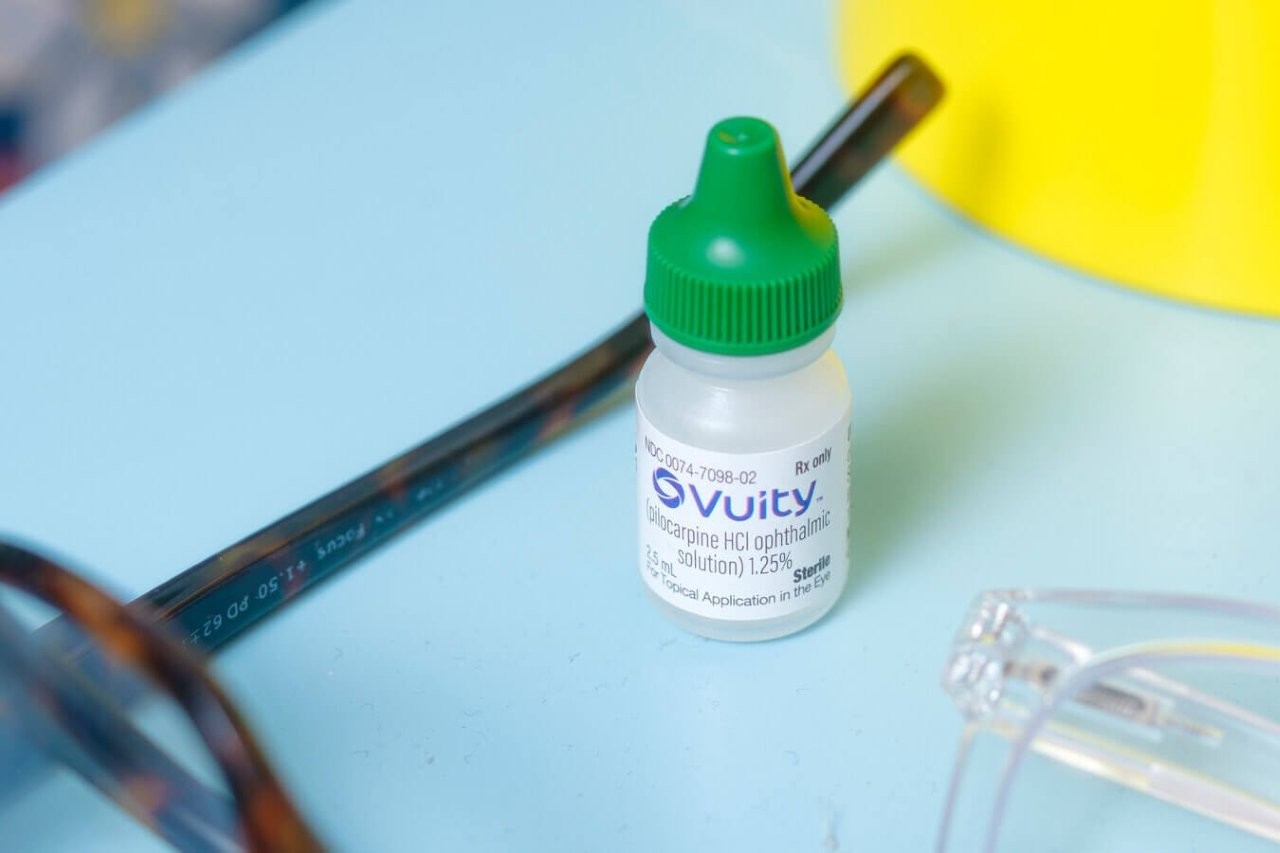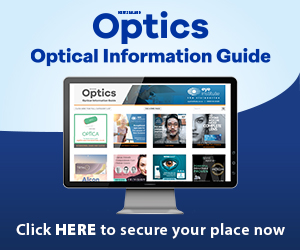Concussion and brain injury
Vergence, accommodation and visual tracking in children and adolescents evaluated in a multidisciplinary concussion clinic
Wiecek EK et al
Vision Research. Volume 184. 2021. Pages 30-36, ISSN 0042-6989
Review: This retrospective cross-sectional review of 116 paediatric patients seen in a multidisciplinary concussion clinic, diagnosed with at least one concussion and chronic post-concussion symptoms, extends our knowledge on post-concussion visual deficits in vergence, accommodation and versional eye movements (pursuit and saccadic eye movement function). It also supports other studies1-3 that show that deficits in ocular motor function occur with high frequency, with 95% of subjects in this study having one objective deficit – receded near point of convergence (60%) and reduced accommodation amplitude (54%) being the most common deficits.
Of clinical interest is the author’s hypothesis that these deficits don’t always follow the accepted criteria for conditions such as convergence or accommodative insufficiency, or the traditional Duane-White classification system for visual deficits. The authors suggest for patients with post-concussion vision disturbance, delineating individual measures of vergence, accommodation and eye movement function may improve understanding for patients whose visual symptoms have not returned to normal, giving the following examples:
- While receded near point of convergence (NPC) (60.3%) or decreased positive fusional vergence (19%) were in high incidence, only 9% of the cohort would meet the strict definition of convergence insufficiency (CI) used in the convergence insufficiency treatment trial (CITT)
- While reduced accommodation amplitude (54.3%) and accommodation infacility (50%) were in high incidence, paradoxically, many patients unable to reach age-expect accommodation amplitude were also unable to relax accommodation
Comment: In clinical practice, the paradoxical clinical picture described in this study is commonplace. Patients with post-concussion syndrome can present with near esophoria yet have a receded NPC or show both accommodative insufficiency and accommodative infacility. These findings are often accompanied by problems in smooth pursuit and saccadic eye movements. Interwoven with this group are patients who had pre-morbid CI (prevalence in population 4-6%)4 which was more variable by ethnicity and age5.
Visual deficits of post-concussion patients paint a more complex picture that does not always fit the classical model of congenital or developmental dysfunction, yet these patients present with asthenopic and somatic symptoms related to visual tasks. If we apply the model of dorsal stream magnocellular function deficit impacting visual spatial processing along with the mood-anxiety model of sympathetic nervous system activation7-9, we can more easily reconcile the objective signs and symptoms and provide individualised management plans.
Is NPC associated with symptom profiles or recovery in adolescents after concussion?
Walker et al
Vision Research. Volume 184. 2021. Pages 52-57
Review: This study followed 123 adolescents presenting to a sports medicine clinic diagnosed with concussion, excluding patients with trauma-related pathology on neuroimaging, or secondary sub-sequent head injury. It provides further support that receded NPC is highly prevalent (63% of this cohort) in patients with concussion and that the receded break-point group report more severe somatic symptoms than those with NPC intact, as measured by the Health and Behaviour Inventory (HBI). In addition, prolonged recovery (beyond 28 days post-injury) was associated with receded NPC break point at initial evaluation as has been noted in other studies10,11.
Comment: Optometrists and ophthalmologists rarely have patients presenting acutely having sustained concussion injury, but evidence is growing that patients suffering from post-concussion syndrome show a high prevalence of visual disorders, such as convergence insufficiency, and those visual disorders may be important drivers of their symptom profiles. When individuals sustaining concussion have not made the expected recovery, then optometry and ophthalmology could be expected to become an integral part of the multi-disciplinary rehabilitation team12.
Vision therapy as part of neurorehabilitation after ABI
Johansson et al
Brain Injury, 35:1, 82-89
Review: This analytical intervention study followed two groups of outpatients in two geographically separate neuro-rehabilitation services. Patients were diagnosed with moderate or severe acquired brain injury (ABI), including cerebrovascular accident (CVA), traumatic brain injury (TBI), infection, tumour and hypoxia aetiology, and secondary diagnosis of vision disorders such as receded NPC, low positive fusional reserve, low vergence facility, or reduced accommodation amplitude. Patients in the south regional service (n=48) received vision therapy, while the north service (n=41) served as controls. Along with pre-post measures of objective function, the symptom burden, as rated by the convergence insufficiency symptom survey developed by the CITT treatment group, was used to determine if the vision-related symptom burden had changed. The intervention group showed significant improvements in convergence, vergence facility and vergence reserves, along with a significant reduction in vision-related symptoms.
Comment: While not the primary purpose, this study lends further support that oculomotor disorders have high prevalence in ABI, ranging from 27.9% to 60.6% in 75% of presenting patients. While this study joins a growing body of evidence13-17 that vision therapy can be effective in treatment and management of vision disorders for patients with ABI and that office-based vision therapy is the most efficacious form of treatment for convergence insufficiency18, like other studies, it lacks robustness due to small sample sizes and non-randomised treatment groups11.
References
- Gallaway M, Scheiman M, Mitchell GL. 2017. Vision Therapy for Post-Concussion Vision Disorders. Optom Vis Sci. Vol. 94, No. 1, PP. 68-73.
- Master CL, Scheiman M, Gallaway M,et al. 2016. Vision diagnoses are common after concussion in adolescents. Clin Pediatr (Phila); 2016;55:260–267.
- Thiagarajan P, Ciuffreda KJ, Ludlam DP. 2011. Vergence dysfunction in mild traumatic brain injury (mTBI): a review. Ophthalmic Physiol Opt; 2011;31:456–468.
- Ghadban R; Martinez JM; Diehl NN; Mohney BGThe incidence and clinical characteristics of adult-onset convergence insufficiency. Ophthalmology. 2015; 122(5):1056-9 (ISSN: 1549-4713)
- Hussaindeen JR, Murali A. Accommodative Insufficiency: Prevalence, Impact and Treatment Options. Clin Optom (Auckl). 2020;12:135-149
- William V. Padula, Jose E. Capo-Aponte, William V. Padula, Eric L. Singman & Jonathan Jenness (2017) The consequence of spatial visual processing dysfunction caused by traumatic brain injury (TBI), Brain Injury, 31:5, 589-600
- McCory P, Meeuwisse W, Dvorak J, et al. 2018. Consensus statement on concussion and sport – the 5th international conference on concussion in sport held in Berlin, October 2016. Br J Sports Med 2018;51:838–847
- Harmon KJ et al. 2019. American Medical Society for Sports Medicine position statement on concussion in sport. Br J Sports Med. 2019;53:213–225
- Lumba-Brown A, Yeates KO, Sarmiento K. 2018. Centers for disease control and prevention guideline on the diagnosis and management of mild traumatic brain injury among children. JAMA Pediatrics. 2018;172(11):e182853
- DuPrey, K. M., Webner, D., Lyons, A., Kucuk, C. H., Ellis, J. T., & Cronholm, P. F. (2017). Convergence insufficiency identifies athletes at risk of prolonged recovery from sport-related concussion. The American Journal of Sports Medicine, 45(10), 2388–2393
- Santo, A. L., Race, M. L., & Teel, E. F. (2020). Near point of convergence deficits and treatment following concussion: A systematic review. Journal of Sport Rehabilitation, 29(8), 1179–1193
- Polinder, S., Cnossen, M. C., Real, R. G. L., Covic, A., Gorbunova, A., Voormolen, D. C., … von Steinbuechel, N. (2018). A multidimensional approach to post-concussion symptoms in mild traumatic brain injury. Frontiers in Neurology, 2018.01113
- Thiagarajan P, Ciuffreda KJ. 2013. Effect of oculomotor rehabilitation on vergence responsivity in mild traumatic brain injury. J Rehabil Res Dev 2013; 50:1223–1240
- Thiagarajan P, Ciuffreda KJ. 2014. Effect of oculomotor rehabilitation on accommodative responsivity in mild traumatic brain injury. J Rehabil Res Dev. 2014;51(2):175–92
- Thiagarajan P, Ciuffreda KJ, Capo-Aponte JE, Ludlum DP, Kapoor N. 2014. Oculomotor neurorehabilitation for reading in mild traumatic brain injury (mTBI): an integrative approach. Neurorehabilitation. 2014;34(1):129-46
- Kapoor N, Ciuffreda KJ, Han Y. 2004. Oculomotor rehabilitation in acquired brain injury: a case series. Arch Phys Med Rehabil. 2004 Oct;85(10):1667-78
- Phan T and Cohen A. 2017 "Neuro-Optometric Rehabilitation of Visual and Visual-Vestibular Symptoms Following Acquired Brain Injury," Vision Development and Rehabilitation, vol. 3, no. 2, pp. 109-118, 2017
- Scheiman M, Mitchell GL, Cotter S, et al. 2005a. A Randomized Clinical Trial of Vision Therapy/Orthoptics Versus Pencil Pushups for the Treatment of Convergence Insufficiency in Young Adults. Optom Vis Sci 2005;82: 583–95.

Evan Brown is a behavioural optometric vision care practitioner with specific interest in paediatric optometry, neuro-optometric rehabilitation and visual dysfunctions related to learning, and the role of the autonomic nervous system, stress and distress in the visual process, and president of the Australasian College of Behavioural Optometrists.


























